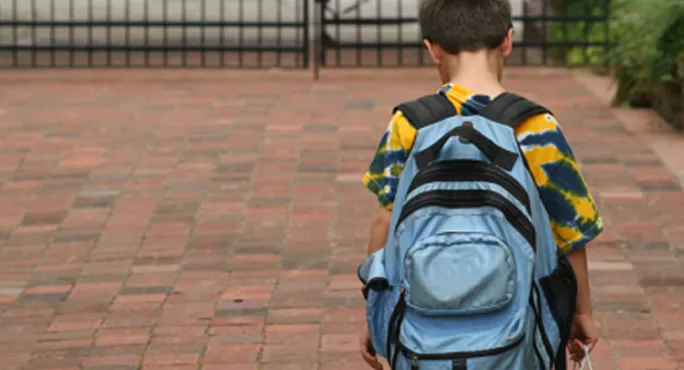One in 10 children in local authority care move school in the middle of the academic year - three times the national rate, a new report has found.
The Stability Index, commissioned by Anne Longfield, the Children’s Commissioner for England, reveals that 56 per cent of mid-year school moves for looked-after children were not caused by them moving home.
The study suggests that many moves could actually be down to schools, with “other factors (such as exclusions)” playing a “significant role”.
Attempt to ensure fewer moves
These moves can sever vulnerable pupils’ ties with school friends, hamper their academic progress and, Ms Longfield warns, leaving them “anxious and depressed”.
She said that the index launched today - which links local authority and school data on looked-after children - “shines a light on how well schools are supporting children in care and whether the secure and stable education and relationships they need are in place”.
The report shows that there are significant regional differences in the proportion of children in care who experience a mid-year school move, even after controlling for children’s characteristics.
Virtual school heads, which were made statutory in 2014, are responsible for the looked-after children in a local authority. They negotiate with schools and try to reduce these mid-year moves.
But a 2015 study, from the universities of Oxford and Bristol, found that the rates of exclusion were much higher for looked-after children - and that they were more likely to attend pupil referral units, alternative provision and special schools.
‘Schools are very sensitive’
Jane Pickthall, the chair of the National Association of Virtual School Heads, said that to reduce the damaging consequences of mid-year moves, schools should consider different thresholds when handling the behaviour of looked-after children.
She said that school behaviour systems focusing on “rewards and consequences” could make the behaviour of children in care worse.
“What presents itself looks like they are not following the school’s rules,” Ms Pickthall said. “But they are not doing it on purpose.
“If schools understand attachment [theory] and what happens then they will be able to change how they work with those children and reduce the need to move them on.”
But Malcolm Trobe, the interim general secretary of the Association of School and College Leaders, said: “Schools are very sensitive to the needs of looked-after children and will whenever possible bend over backwards to ensure that they are giving stability to youngsters.
“In our experience, schools would only look for a managed move under circumstances where they’ve exhausted all of the actions and activities that they’ve done in order to support the youngsters.”
This is an edited version of an article in the 14 April edition of Tes. To read the full story click here. To subscribe, click here. To download the digital edition, Android users can click here and iOS users can click here. Tes magazine is available at all good newsagents.
Want to keep up with the latest education news and opinion? Follow Tes on Twitter and like Tes on Facebook




